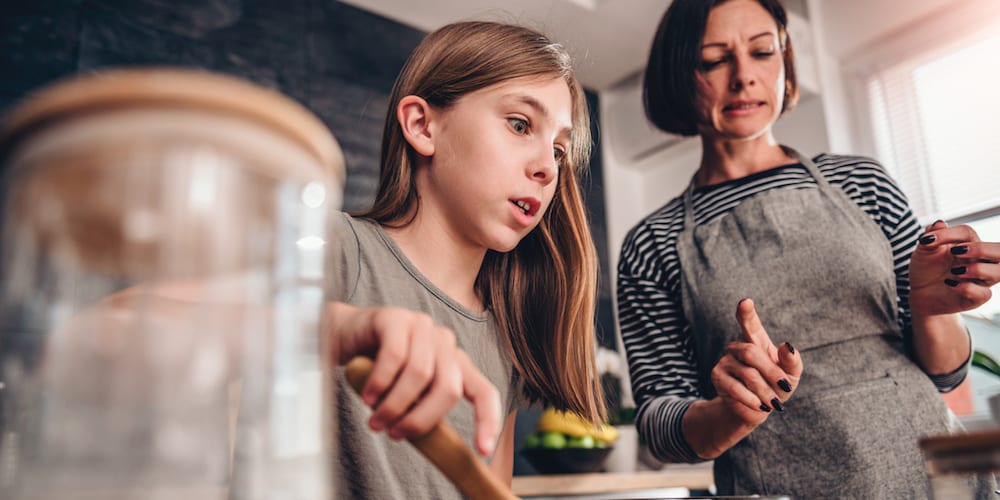And top tricks to fix them.
Your oven is the wrong temperature
You may think you’ve set your oven to the temperature as stated in the recipe, but all ovens vary to a certain degree. If your oven runs too hot or too cold, you may find that the cooking times are consistently off – which makes it hard to get the correct result at the end. Invest in an oven thermometer to make sure you’re always baking at the right temperature.
You should also avoid opening the oven door during cooking, as this lets out the hot air and decreases the oven’s overall temperature. This affects the rise of your baked goods and may lead to your cakes deflating.
Your ingredients are too cold
Butter that’s too cold won’t cream properly, and eggs straight out of the fridge will cause the batter to curdle. Always ensure your ingredients are at room temperature before you start to cook – this usually means taking them out of the fridge at least 30 minutes before baking.
You’re not using the right ingredients
It can be tempting to make simple substitutions when you don’t have the right ingredient to hand (using regular milk instead of buttermilk, for example), but this can often cause your bake to go awry. Baking is basically a science, where every ingredient works together to create a certain result. While it’s okay to change a recipe to suit your tastes or dietary requirements, make sure you understand the function of each ingredient before you swap it out for something else.
You’re not measuring correctly
You may not have known this, but there are specific measuring cups for liquid ingredients and dry ingredients. Using them interchangeably can lead to incorrect measurements, which may harm your final result. Liquid measuring cups are usually plastic or glass with spouts and handles, while dry measuring cups are the cups that come in stacking sets of four.
When you measure a liquid, pour it into the liquid measuring cup up to the appropriate line marker – ensuring you hold the cup at eye level so you read it correctly. Meanwhile, to measure dry ingredients, don’t just scoop the cup straight into the bag. Rather, spoon the ingredient into the measuring cup until full, and then level off the top with a knife.
You’re overmixing the dough
When you overwork a dough or cake batter, it activates the gluten in the flour, leading to a dense, chewy texture. So always go slow when adding dry ingredients to your batters, using the lowest speed on an electric mixer or folding by hand. And follow instructions when they say “mix until just combined” – a few lumps or streaks of flour in the batter are fine.




